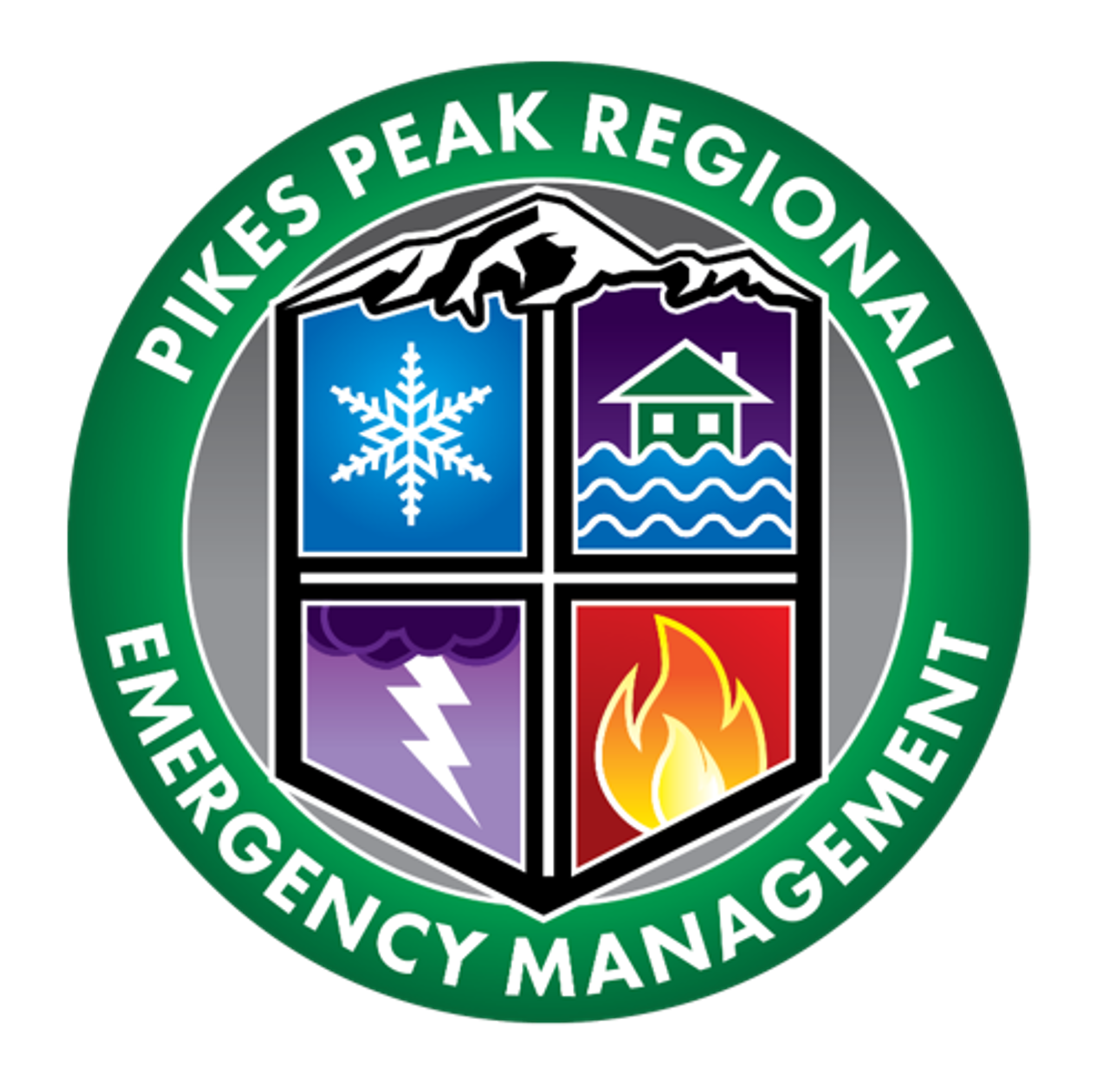The Colorado Springs Fire Department, El Paso County Sheriff’s Office, and other local fire and law enforcement agencies implement evacuations that prioritize the areas most at risk to evacuate first. Some local jurisdictions have mapped and numbered individual evacuations zones. Those jurisdictions include:
- City of Colorado Springs
- Manitou Springs, Palmer Lake
- Monument Fire District
- Crystal Park Other
View the evacuation zone map for these jurisdictions.
Other agencies in El Paso County currently identify evacuation zones using a physical description of the area under evacuation. The use of a zone-based evacuation tool follows best practices to support wildfire evacuations, the most likely natural disaster threat to our region, since it considers population, geography, demographics, and topography. Zone-based evacuations are adjustable and scalable, key to protecting the lives of residents in the event evacuations are needed. In both the City and County, emergency notifications to the public may include a physical description of evacuation boundaries using street names and locations.
How do I know if a zone is evacuated?
To determine if a zone is activated, follow these steps:
- Visit the zone map to see the current status of your neighborhood.
- Select the individual zone you're interested in or enter your address in the search bar.
On the zone's description page, look for the following information:
- Zone name and borders: Confirm you're looking at the correct area.
- Current status: This will indicate if the zone is activated.
- Activation reason: If activated, this explains why (e.g., evacuation order, shelter in place).
- Additional information: Depending on the activation reason, you might see details such as:
- Temporary Evacuation Point (TEP)
- Recommended evacuation routes
- Other critical safety instructions
Why do we need zone-based evacuation?
Pre-established evacuation zones help first responders and emergency service agencies prepare before an emergency strikes and streamlines the evacuation process to reduce confusion and help residents evacuate quickly. It alleviates situations where large amounts of residents evacuate all at the same time. It also provides a common reference system that ensures that first responders and community members receive the right information at the right time to take action for their own and their neighbors’ safety.
When I put my address into the zone-based evacuation tool, why don’t I see the best route to use for evacuation? How will I know when and where to evacuate?
Evacuation routes are always incident-specific because the best route to take is relative to the location and type of threat. When an emergency evacuation takes place, law enforcement will direct traffic.In case of an evacuation, consider downloading the WAZE app. It will redirect you away from zones with active warnings or orders. Other navigation apps that interface may be available in the future.
With evacuation zones, what will happen once it’s time to evacuate?
Emergency Alerts and Zone Status
- How You'll Be Notified: First responders may alert you to emergencies through:
- PeakAlerts (wireless emergency alerts). Sign up to receive notifications at peakalerts.org
- Broadcast Media
- Social media
- other methods (such as in-person notifications door-to-door, wireless emergency alerts, etc.)
Checking Your Zone Status:
- Visit the zone map to check the status of your zone and neighboring areas.
- You can also check on zones where friends and family live elsewhere.
Understanding Zone Status:
- Normal: No current threat.
- Pre-Evacuation Warning: Be prepared to evacuate. Finalize plans and gather essential items. Leave now if you need extra time or have special concerns.
- Evacuation Order: Leave the area immediately.
- Shelter in Place: Go inside and follow instructions from authorities.
- Move to Higher Ground: (Flooding only) Evacuate to a higher ground.
- Re-Entry: When it's safe to return, a re-entry notification will be issued.
What if I don't know my zone name / number?
Alerts will include both the zone label / name and a physical description of the evacuation area. While it is handy to know the name of your zone, it is not necessary. The boundaries of an impacted zone will be used when sending emergency notifications.
